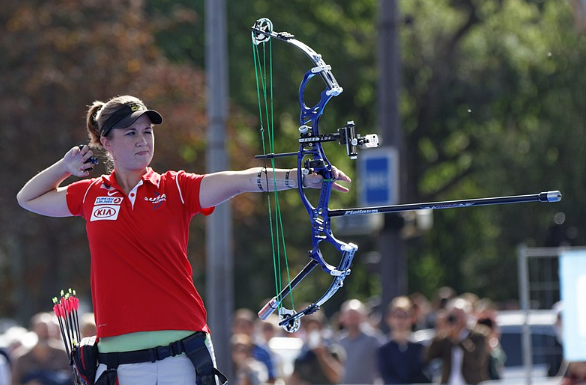
Like any sport, archery requires some practice and training. Whether you’re shooting for the Olympics or just improving your scores, it’s important to have clear goals in mind.
Start by finding a local club or archery shop to learn the basics. They will help you pick out a bow and safety equipment, as well as provide coaching and lessons.
Safety
Safety is the most important aspect of any archery practice. It is inherent in the sport and comes from a grounded quiet stance with a steady aim on a target. There is no running or horseplay and arrows are not shot at people. This combination provides a very safe sport.
Each range may have specific safety guidelines that archers should follow. These rules can include instructions about where archers are permitted to stand on the range and where they should aim their arrows.
NASP leadership takes a strong position against any activity where bows and arrows are intentionally aimed at anything that resembles a human form. This is an incredibly dangerous situation and should be avoided at all times. This includes any game of “archery tag”.
Concentration
Archery is one of the few sports that involves a high level of concentration and focus. The athlete must be focused both on the task at hand, and detach himself from externalizes such as the temperature, brightness of the target or the talent of the other competitors.
The sport requires visual skills – aiming and anticipation. These are both influenced by the degree of concentration. For this reason, it is important for an athlete to be able to manage their concentration during training and competitions.
In addition to focusing on the task at hand, athletes should also take measures to ensure that they are physically prepared for a session. They can do this by warming up with stretch exercises, before shooting a number of arrows.
Flexibility
Archery can help strengthen the core muscles, but it also requires flexibility to hold the bow in the correct position to shoot. Stretching exercises like neck rotations, shoulder shrugs and archery specific stretches (such as the Flexibility SPT3) are important for keeping the body flexible and improving shooting accuracy over time.
The main muscle groups involved in archery are the shoulder, chest and arm muscles. The hand that holds the bow is referred to as the bow arm, and the opposite arm is the string arm. Depending on eye dominance, an archer can draw the bow string with either hand. However, it is recommended to maintain muscular symmetry between the bow and string sides of the body for injury prevention and improved shooting performance over time.
Coordination
Archery is one of the best sports to improve hand-eye coordination. This is because archery requires you to use your eyes to aim, while using your hands to pull the bow string and shoot the arrow. This takes a lot of coordination, and it is something that every archer should take measures to improve.
Another benefit of archery is that it helps you to focus and concentrate on the task at hand. You learn to tune out distractions and focus on the target, which can be a good exercise for improving your concentration in other areas of life as well. Archery also teaches you how to control your emotions and deal with pressure. This is an important skill that can be used in many situations, such as competing in a tournament.
Focus
Archery is an activity that is accessible to all and can be a great way for families to spend time together, supporting each other and celebrating successes. It’s also a sport that helps kids develop focus, concentration and balance.
Aiming is one of the most important parts of archery, as it helps the archer hit the target at their intended spot. This is accomplished by removing all distractions and focusing on the target. This can be hard to do, but is necessary for a good shot.
Studies have found that aiming is a key factor in success at the Olympic level. It requires a high level of confidence and concentration to perform well. In addition, aiming has been found to be influenced by emotion control and cognitive reappraisal.
